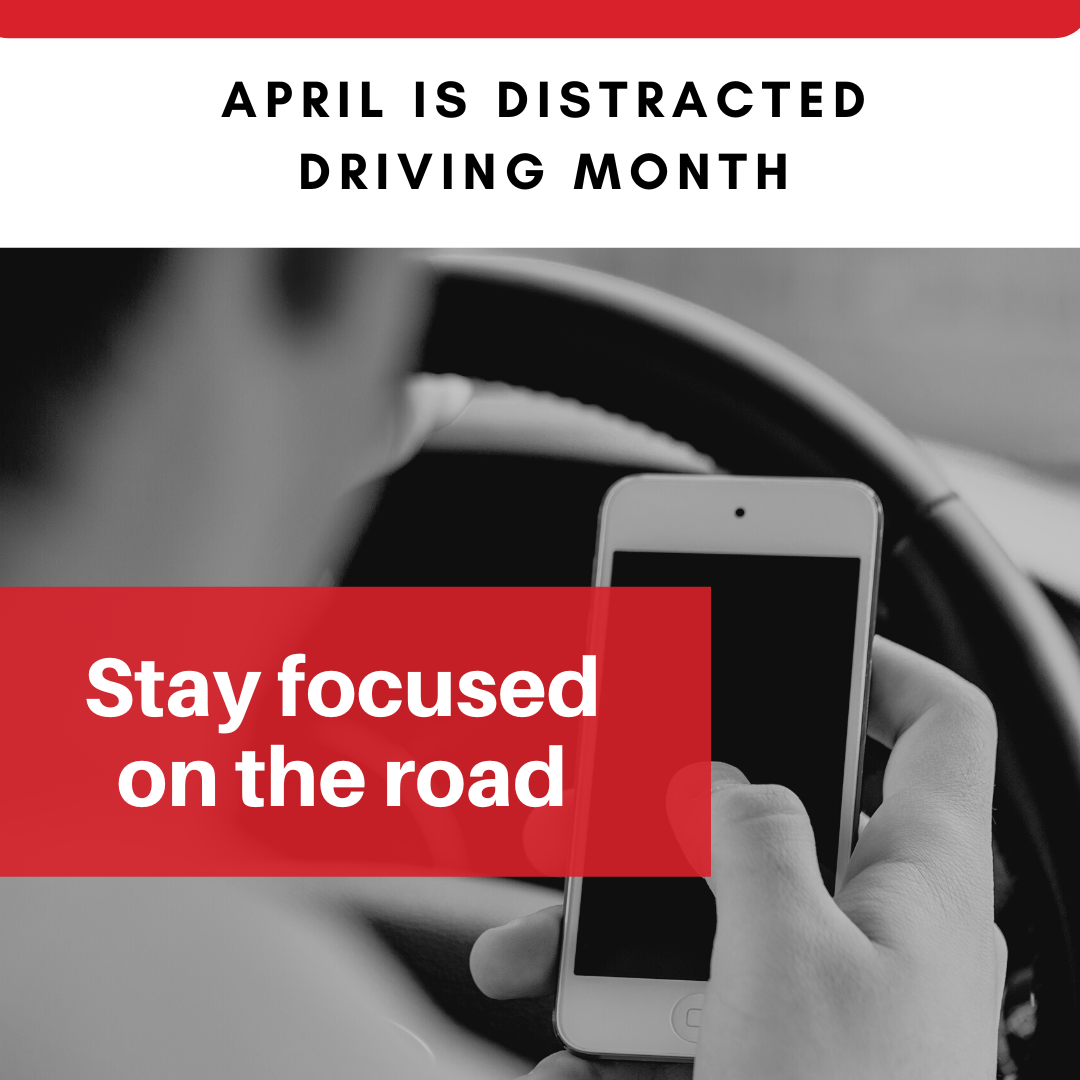Distracted driving remains a significant concern on our roads, claiming thousands of lives and causing countless injuries yearly. Despite increased awareness and numerous campaigns to curb this dangerous behavior, many drivers continue to engage in activities that divert their attention from the road. In this blog post, we'll delve into the statistics surrounding distracted driving to illustrate the true extent of its dangers and discuss ways to combat this growing problem.
Distracted Driving by the Numbers
Fatalities from all New Hampshire highway crashes rose 20% last year to 141, resulting from 132 different fatal accidents. According to the New Hampshire Department of Safety, 31 operators and one passenger died in motorcycle crashes last year. That’s the highest number of deaths from 2012 when the state’s current tallying system began.
According to the NHTSA, 42,915 people died in motor vehicle traffic crashes in 2021, and 7,776 pedestrian and bicycle deaths resulted from being hit by vehicles.
Explore some other notable statistics:
Types of distractions: The NHTSA categorizes distractions into three main types: visual (taking your eyes off the road), manual (taking your hands off the wheel), and cognitive (taking your mind off driving). Texting while driving is particularly dangerous, as it involves all three types of distractions.
Demographics: Young drivers are especially susceptible to distracted driving. The NHTSA reports that drivers aged 15-19 years involved in fatal crashes were more likely to be distracted than drivers in other age groups.
Cell phone use: A study by the National Safety Council (NSC) found that cell phone use accounts for 27% of all car crashes in the United States. Despite hands-free laws in many states, hands-free devices do not eliminate the risk of distraction, as they still require cognitive attention.
Reaction times: According to the Virginia Tech Transportation Institute (VTTI), drivers who text while driving are 23 times more likely to be involved in a crash or near-crash event than non-distracted drivers. Texting increases the time a driver's eyes are off the road by an average of 4.6 seconds – enough time to travel the length of a football field at 55 mph.
Combating Distracted Driving
Addressing distracted driving requires a multi-faceted approach, combining education, technology, and legislation. Here are some strategies that can help:
Public awareness campaigns: Continuing to raise awareness about the dangers of distracted driving through campaigns, such as Distracted Driving Awareness Month, is crucial in changing drivers' attitudes and behaviors.
Legislation and enforcement: Stricter laws and consistent enforcement can help deter drivers from distracted driving. Many states have implemented hands-free laws, and some have banned texting while driving altogether.
Technology: New advancements in technology can help reduce distractions. For example, some vehicles now have features that disable certain functions while the car is in motion or alert drivers when they are not paying attention to the road.
Driver education: Incorporating distracted driving prevention into driver education programs can help instill safe driving habits in new drivers. Teaching drivers about the risks and consequences of distracted driving can encourage them to make better choices behind the wheel.
The statistics surrounding distracted driving paint a sobering picture of the dangers it poses to everyone on the road. As we continue to develop new technologies and expand our understanding of this issue, it is crucial that we remain vigilant and committed to promoting safe driving habits. By working together, we can reduce the devastating impact of distracted driving and make our roads safer for all.
If you have been injured in a motor vehicle accident at no fault of your own, It always pays to talk to an experienced personal injury attorney. Your case is much more likely to be successful if you work with an attorney you can trust. Patch & FitzGerald has successfully represented clients and won complex cases for over 35 years. Call us today at 603-647-2600 for a free consultation. We only get paid when you do!
